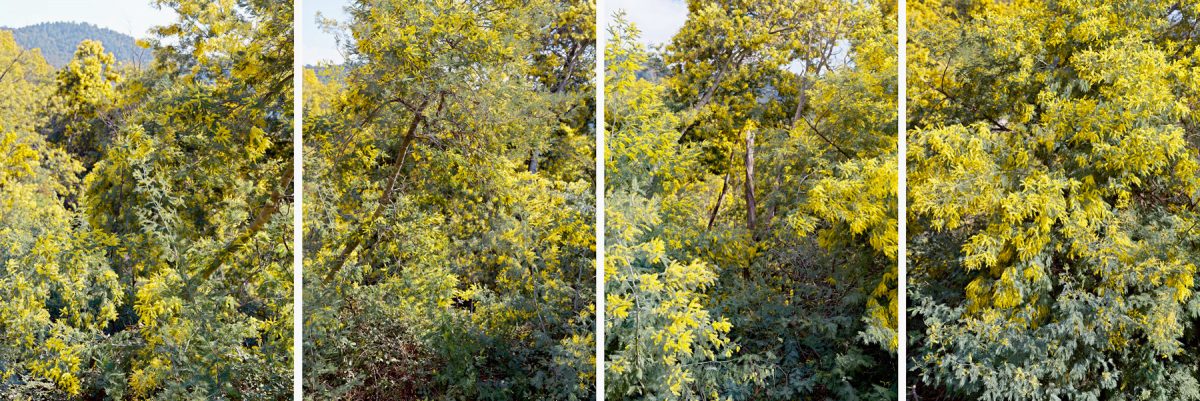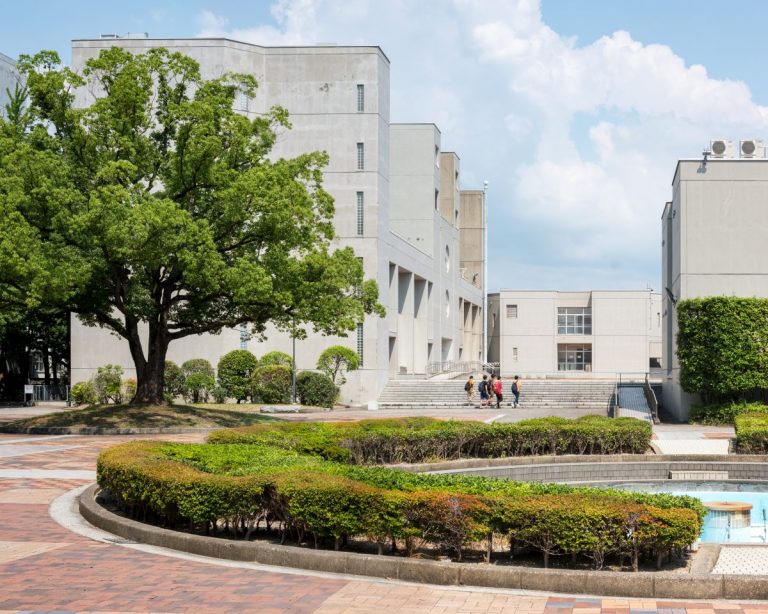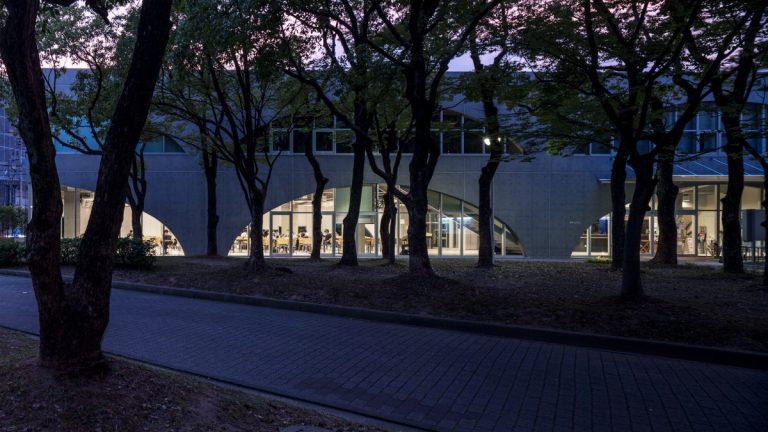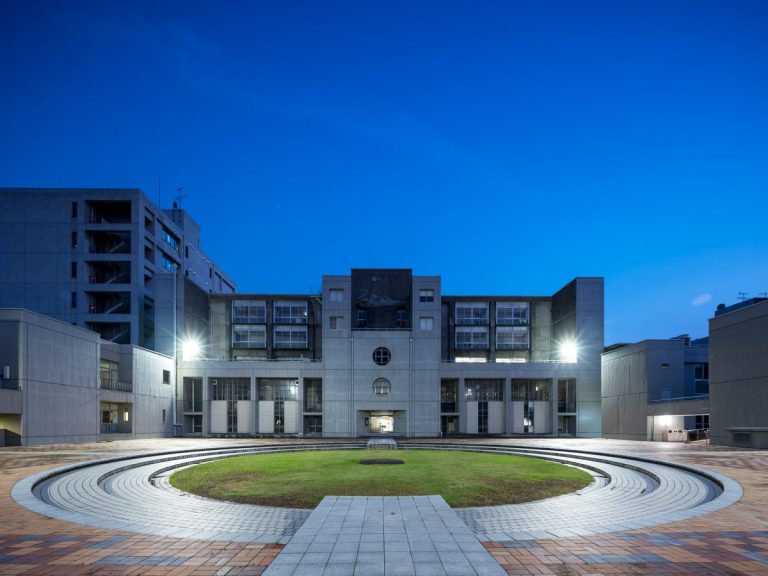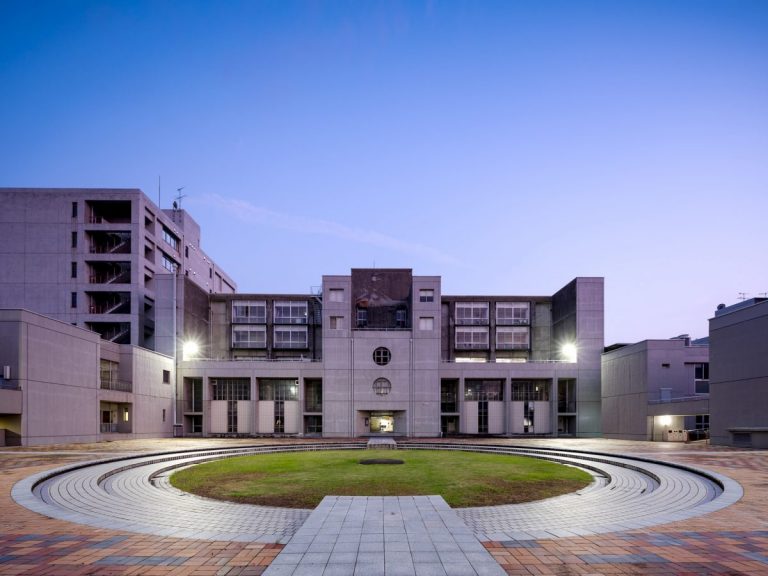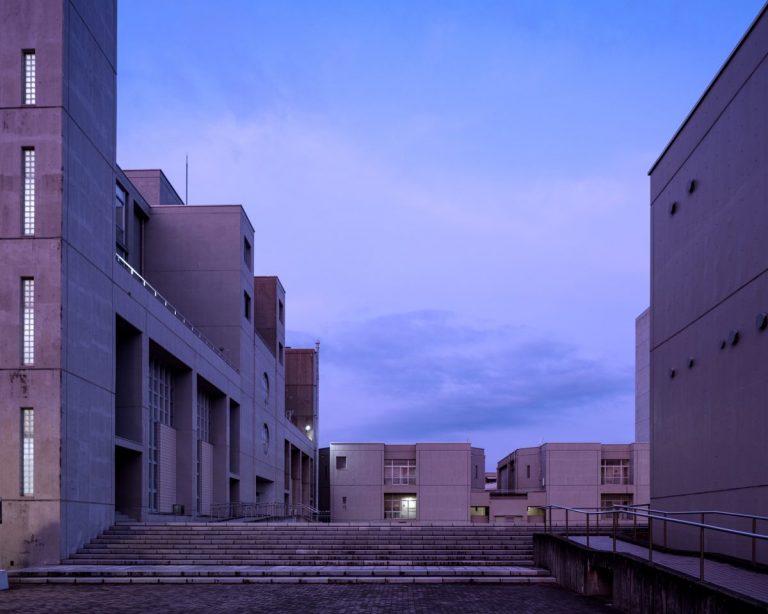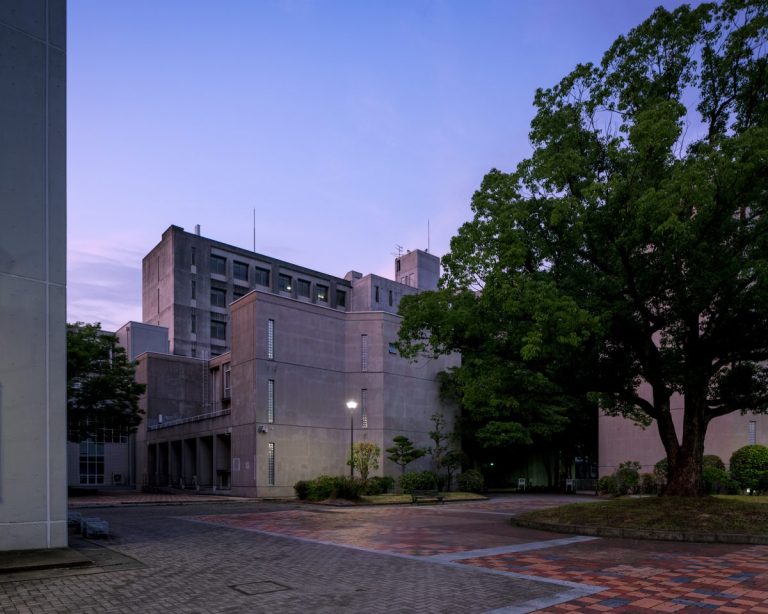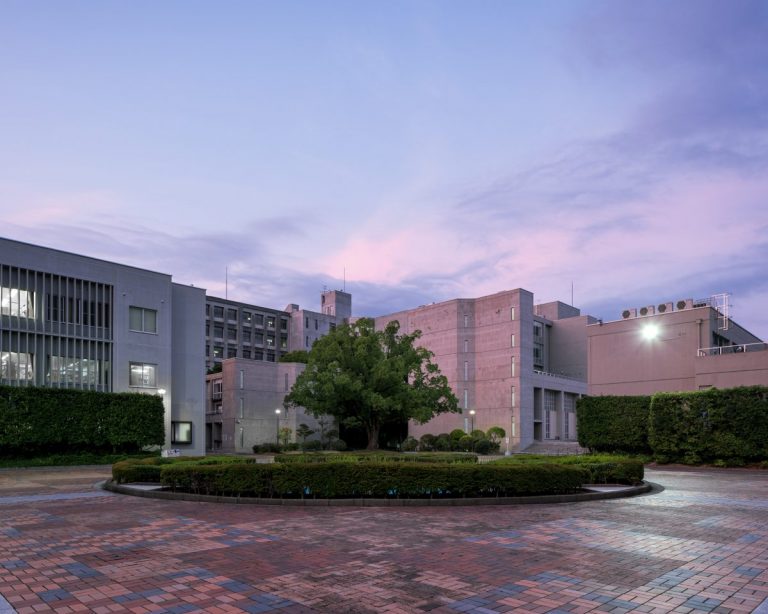The 17th Design Fundamental Seminar: Radical Reversibility: The Gaze Multiple
Thursday, January 14th, 2021
Kyushu University Faculty of Design explores the fundamental methodology of design for integrating a wide range of designs. For the 17th online seminar, titled “Radical Reversibility: The Gaze Multiple”, visual artist Ms. Elodie Hiryczuk gave a talk about how the Western dominant worldview that is gaze can be challenged by her research through images. Her examples of photographic works as well as her research/art foundation, Radical Reversibility, lead us to experience different cultures of gaze. Yoshida Yuko, research fellow of Faculty of Design, summarizes the main arguments of the seminar.
Using a series of photographic works by herself and others, visual artist Elodie Hiryczuk presented us with the concept of the “gaze multiple,” which contains the simultaneous assembling of multiplied perspectives, not only through a retinal viewpoint of a human eye but also through a camera’s viewfinder (and/or lens). This facilitates the affordance of the random setting of a camera itself (Figure 1), and also alternatively expanding frames of works and moving beyond boundaries of different photographic space (Figure 2). Her presentation illustrated a cognitive shift in how we can challenge our conventional habits of looking in a playful manner, and thereby noticing that our visual experience is in fact embodied in a multiplicity of viewpoints in different time and space that eventually brings us a sense of such photographic worlds as somewhat haptic. This is not merely a fixed representation of reality, which we tend to assume is usually captured by photography.
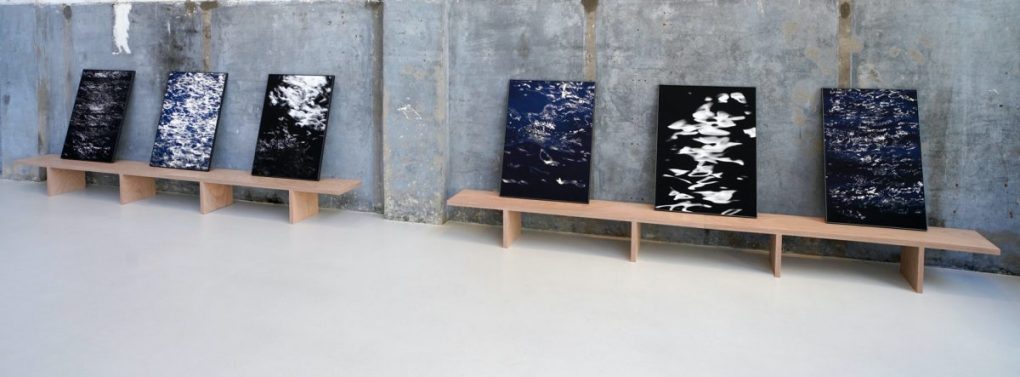
(Figure 1: One Moon in a Thousand Seas, Hiryczuk/Van Oevelen [2018])

(Figure 2: Horizontal-Vaakasuora, Eija Liisa Ahtila [2011])
In explaining the concept of the non-anthropocentric way of seeing the external, environmental world, she adopts Japanese philosopher Nishida Kitaro’s conception of place of nothingness, which is interpreted and explained by Adam Loughnane’s concept, “multi-perspectival vision” (49) [1]. She argues that, understanding the contrasting perception of the self between the East and the West, Nishida’s viewpoint adopted by Loughnan toward the inter-relational sense of seeing between the self and the other can be applied as a refined theoretical tool to overcome the dichotomy of the oppositional gaze between the looking and the being looked at. She thus helps us obtain the non-human viewpoint of perceiving the other, including even nature. To illustrate this merging gaze, she showed us an example from Celestographs by Swedish playwright, August Strindberg (1893–94), whose series of photographic images were created without using a camera lens, but rather by exposing photographic plates to the ground at night, resulting in absence of the subject (a viewer) and the object (a motif) (Figure 3) .
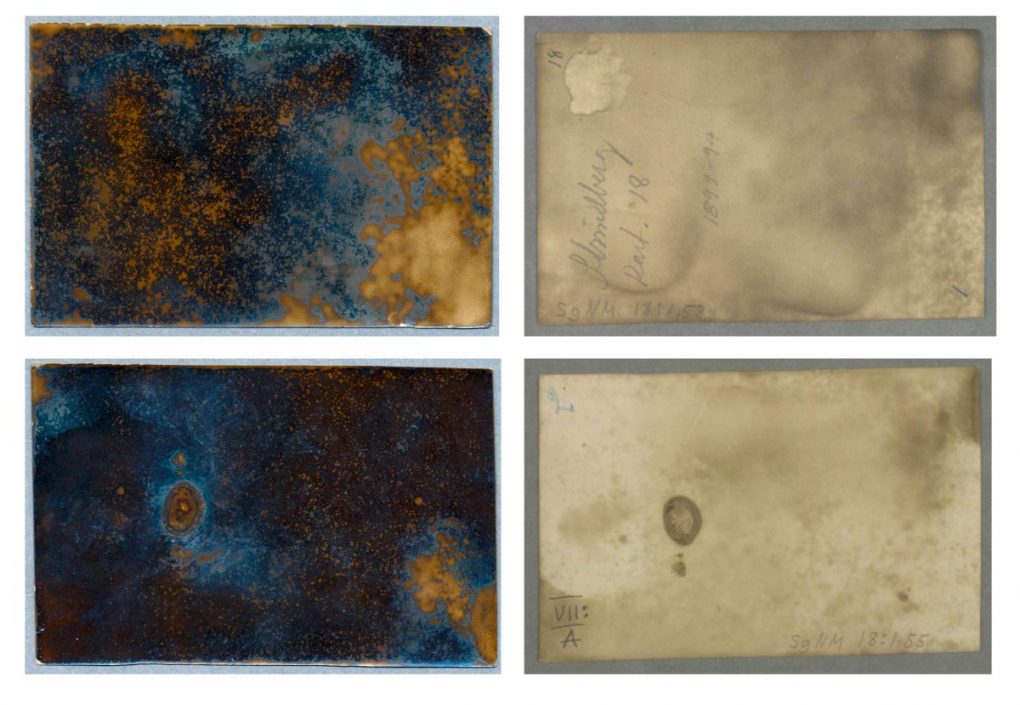
(Figure 3: Celestographs, August Strindberg [1893-94])
Furthermore, she finds the emergence of over-flowing bodily mobility that connects the gaze multiple with another concept of “radical reversibility”. In one example, the sequences of photographs of wild Mimosa trees embody multi-perspectives as well as impose the effect of a dazzling and a dizzying (or as she puts it, “messy”[2]) reversal of time and space (Figure 4). Accordingly, her works with Sjoerd van Oevelen relentlessly continue to create mobilized multiple gazes that coexist between the self and the other, the East and the West, the present and the past, human and non-human. Such perpetual reversal of a multi-directional gaze is not static, but is rather always pursuing engendered acts of seeing. Their photographic works enable viewers to have doubts about the existing frames of our inner/outer worlds and to think about the potential of connecting to reverse perspectives.
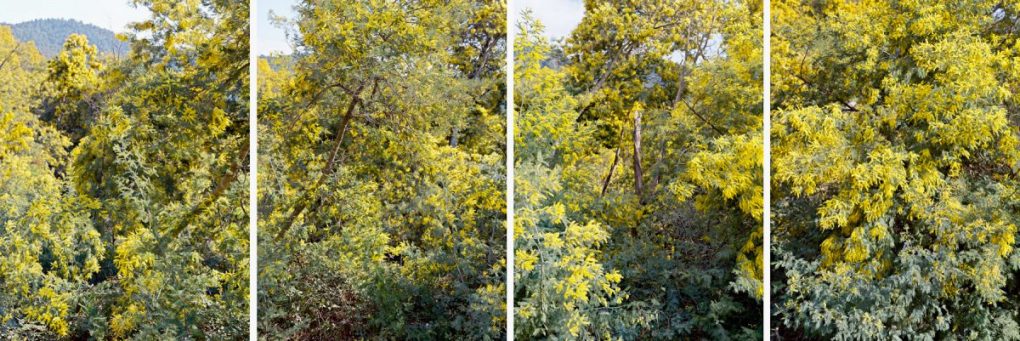
(Figure 4: Shadow-Light-Reflection: Mimosas, Hiryczuk/Van Oevelen [2013])
[1] Loughnane, Adam. “Merleau-Ponty and Nishida: Art, Depth, and Seeing-without-a-Seer”. European Journal of Japanese Philosophy. 1, 2016: 47-74.
[2] Elodie Hiryczuk and Sjoerd van Oevelen. “Seeing of Course, Is Also an Art”. The Philosophy of Photography Journal. 4, no. 2, 2013: 145–61.
Date
January 14th, 2021: Opens at 16:30 p.m, performance starts at 17:00 p.m. in Japan Time.
Venue
Online
Contact
Professor Toru Koga, Design Fundamental Studies Seminar Office, Kyushu University, Faculty of Design
designfundamentalseminar@gmail.com
![九州大学イノベーションデザインネクスト[KID NEXT]](https://www.kidnext.design.kyushu-u.ac.jp/wp-content/themes/kidnext/img/logo_header.png)
